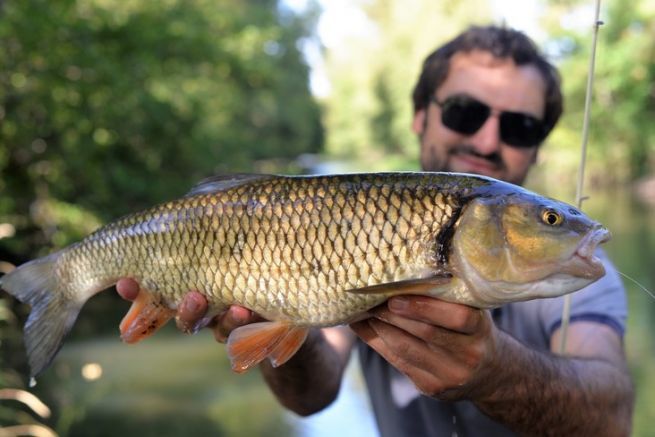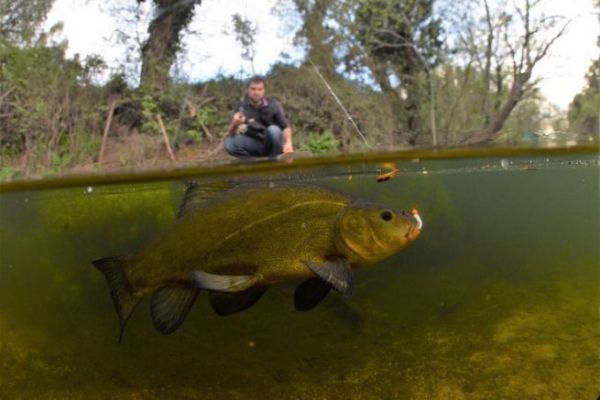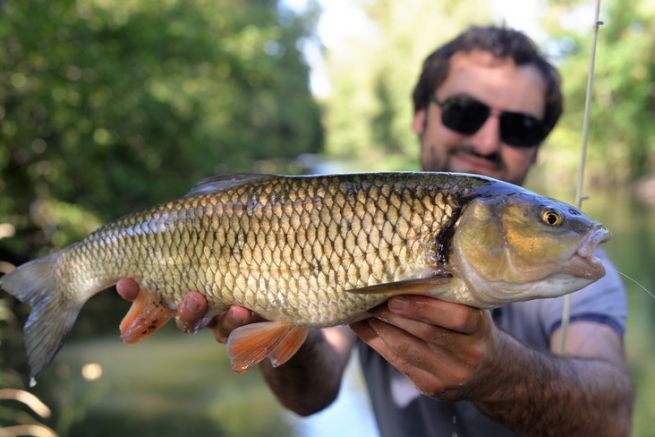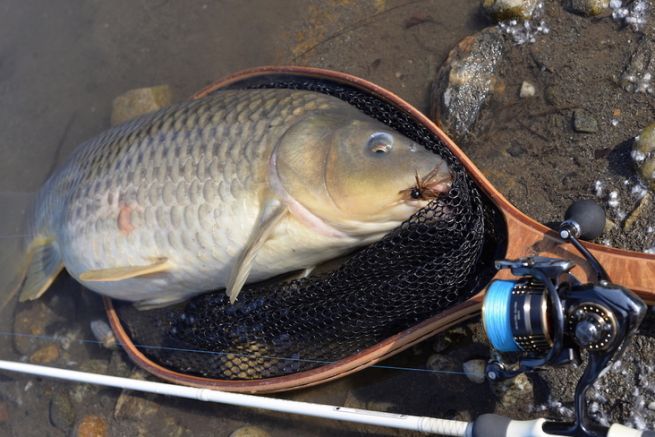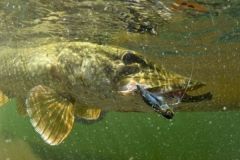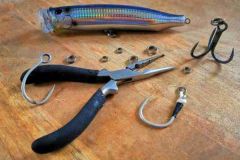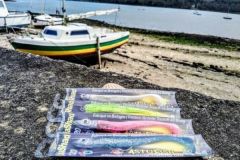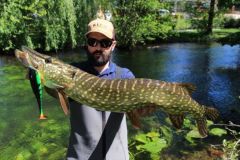The gobblers
The gobblers are the fish that will direct their feeding towards the surface, especially during the nice days. They "gobble" insects, plants, larvae, fruits and other terrestrial insects which sometimes evolve in spite of them at the surface. These fish are often quite easy to spot. Either you can see them directly below the surface in search of food, or you can notice the waves and circles that betray their presence.
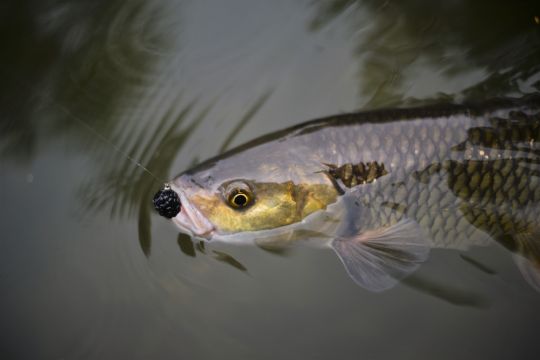
The ideal and to mark a time of observation to note their "round" and to see well of what they feed: fruits which fall in water, small insects in surfaces, bread... This observation time allows us to adjust the lure to the menu of our white fish. And this is all the more important as they will be more reactive to what they assimilate directly as food!
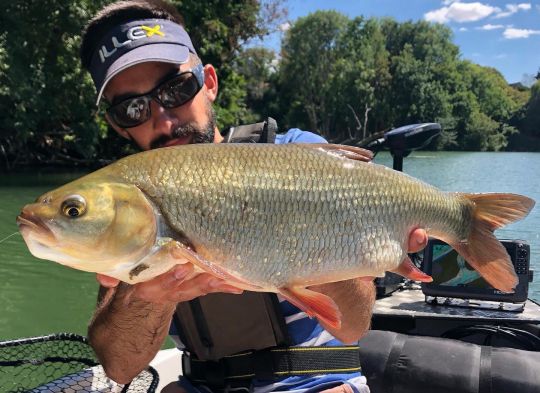
Once you've identified the right lure, which seems to match the cyprin's diet, all you have to do is present it well. A fine nylon line (nylon is floating) allows you to cast far and accurately, without forcing the movement. A too abrupt movement will scare off these wary fish which evolve close to the surface. The ideal is to cast slightly in front of the fish. If the fish moves, it will naturally move towards the lure and notice it. Even better if a light current gently and naturally brings the lure, on a plateau, towards the fish. A simple small soft lure (Woodlouse, Magic Mayfly...) floating on a single hook will do the trick!
The diggers
The fish known as "diggers" are more delicate to spot. They tend to move close to the bottom and the substrate. Although they are not against easy food on the surface... They often have barbels (like barbel, carp, tench...) which they use to find their food.
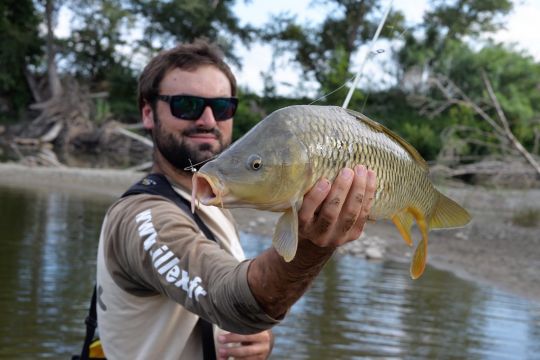
As with gobblers, it is best to find feeding fish. Clouds of sediment or dust betray their presence when they stir up the bottom. The lures will no longer be shaped like fruit or terrestrial insects, but rather like worms, aquatic larvae, small fish or crayfish... To reach the bottom quickly and precisely, a lead head is ideal. Depending on the configuration of the bottom, you can opt for a Texas hook.
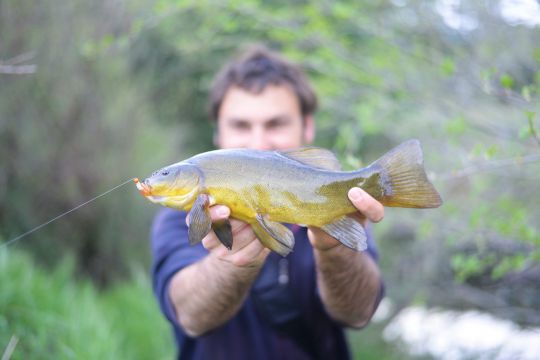
We will play especially skillfully on the olfactory side of the lures, that the barbels of our fish diggers detect very easily.
A fluorocarbon, flowing and more resistant to abrasion than a nylon, will be ideal to optimize the line.
